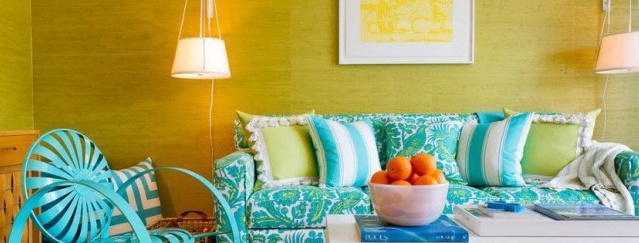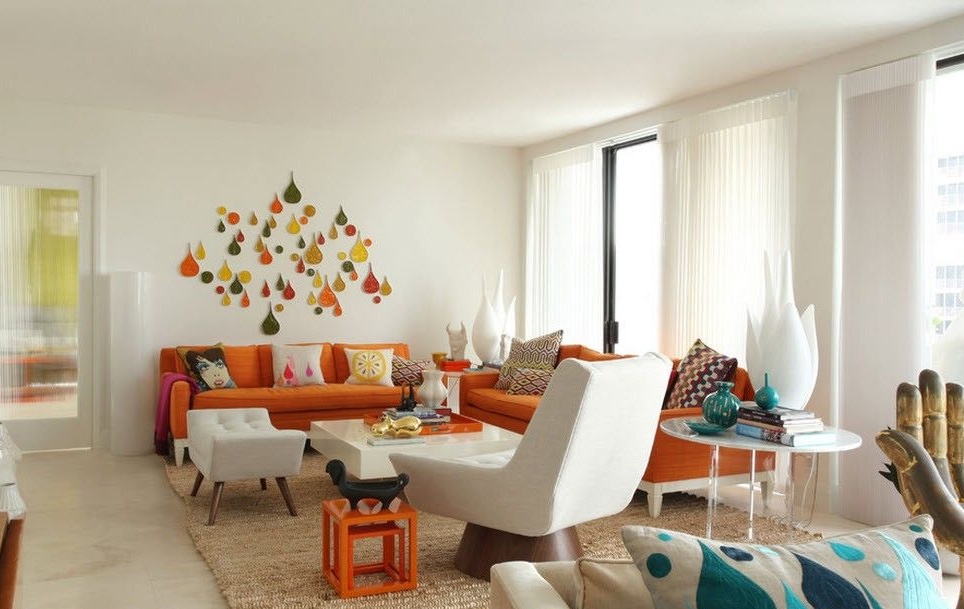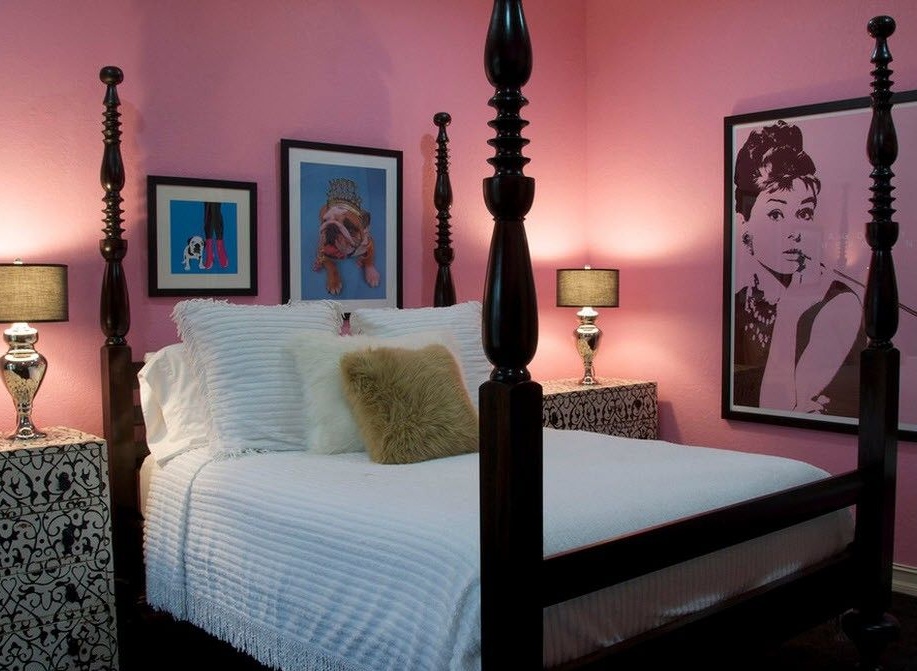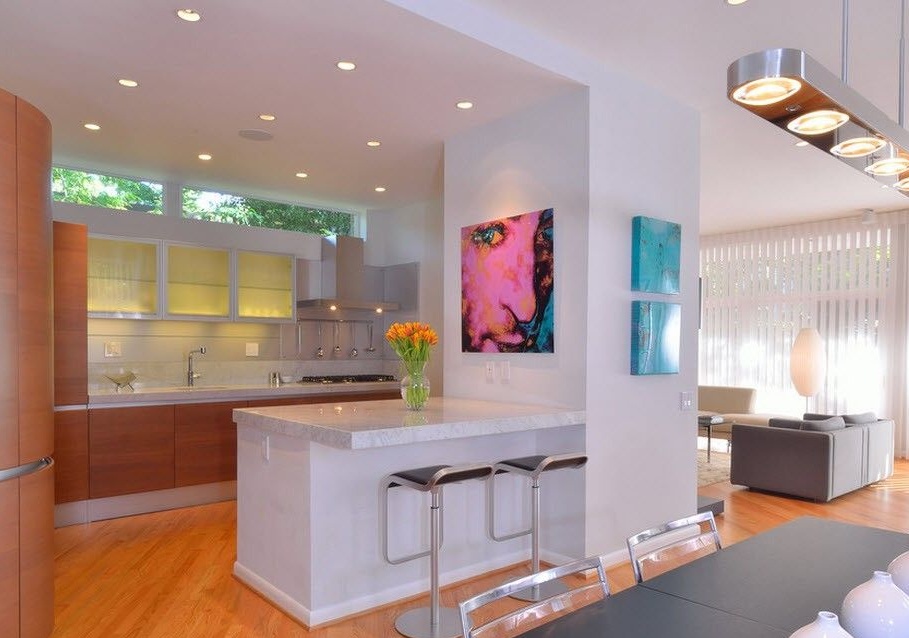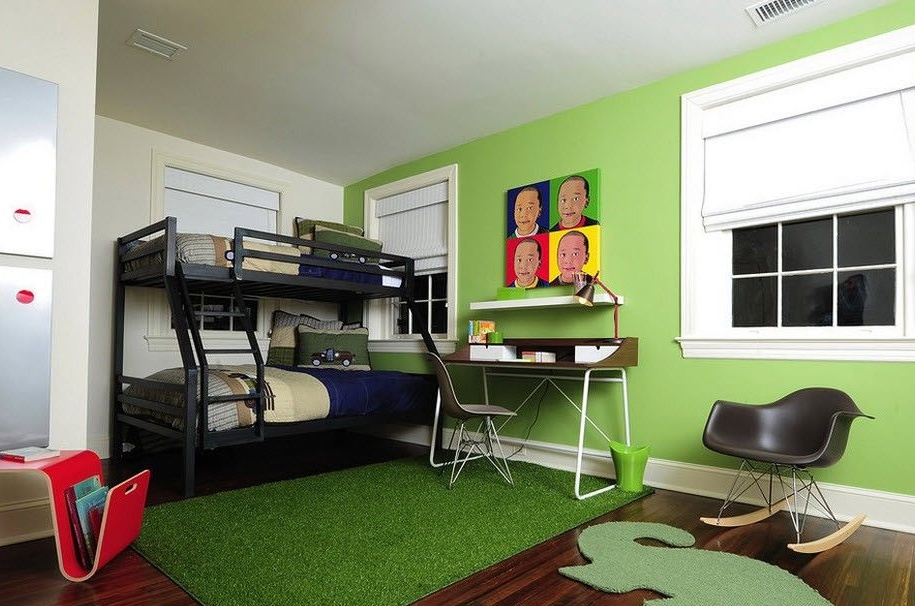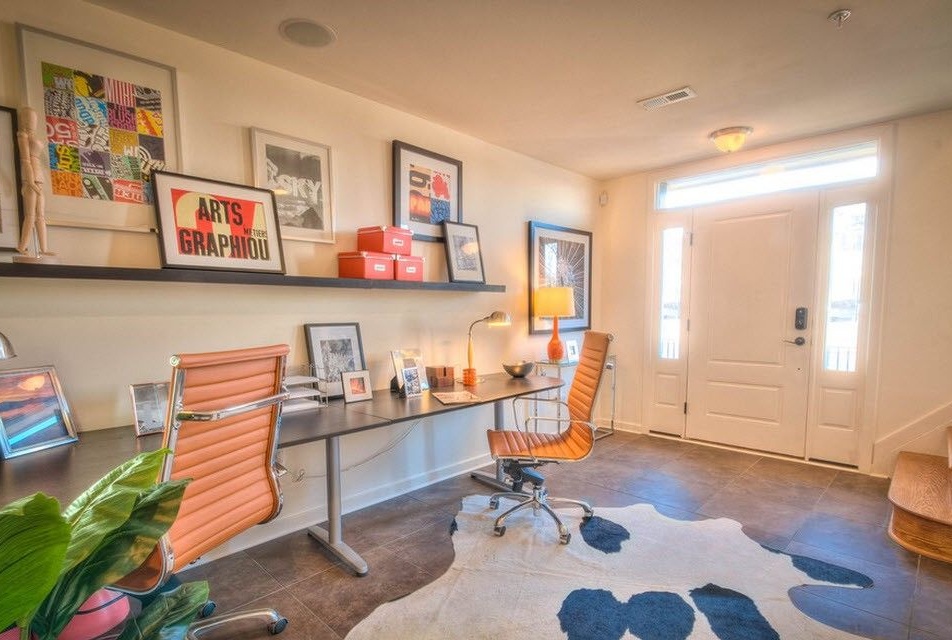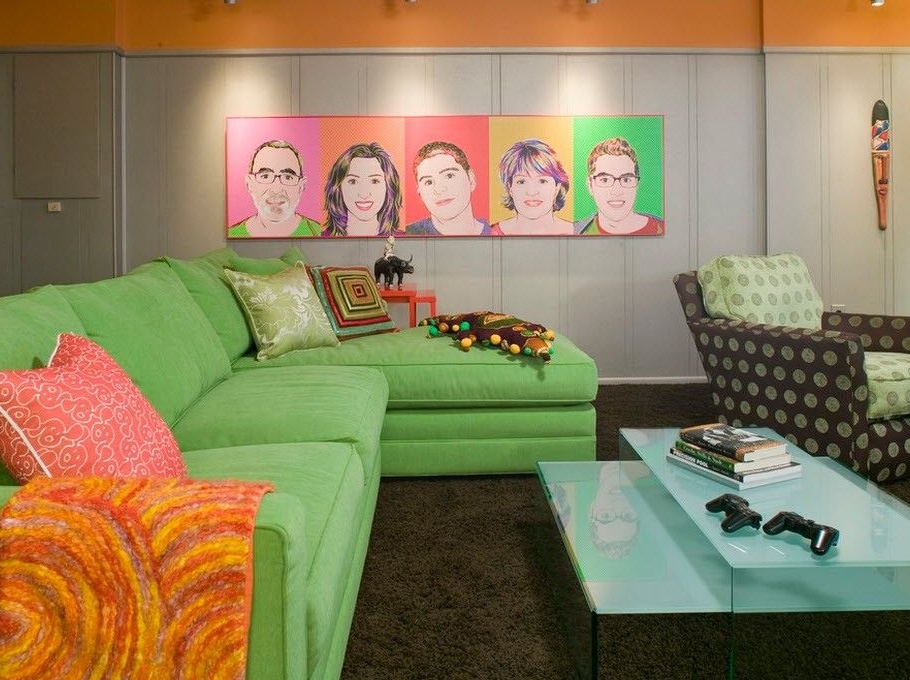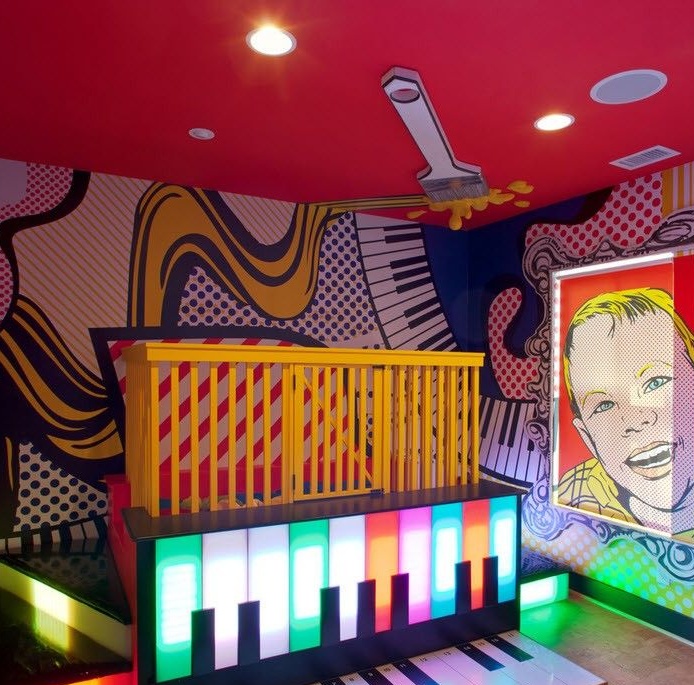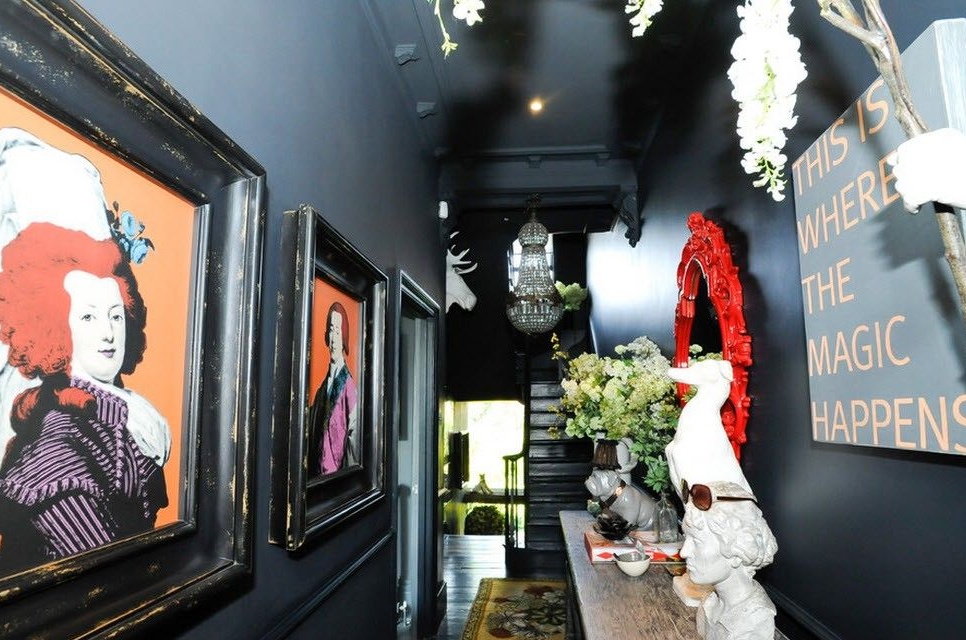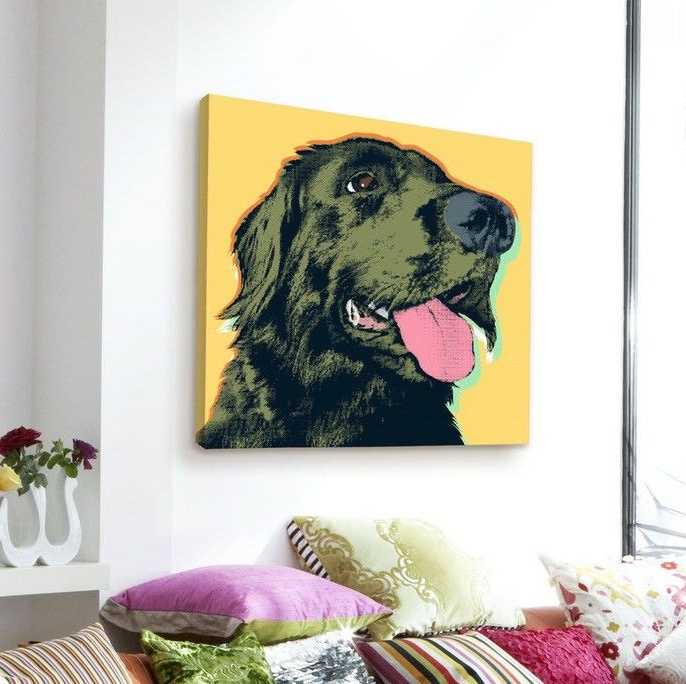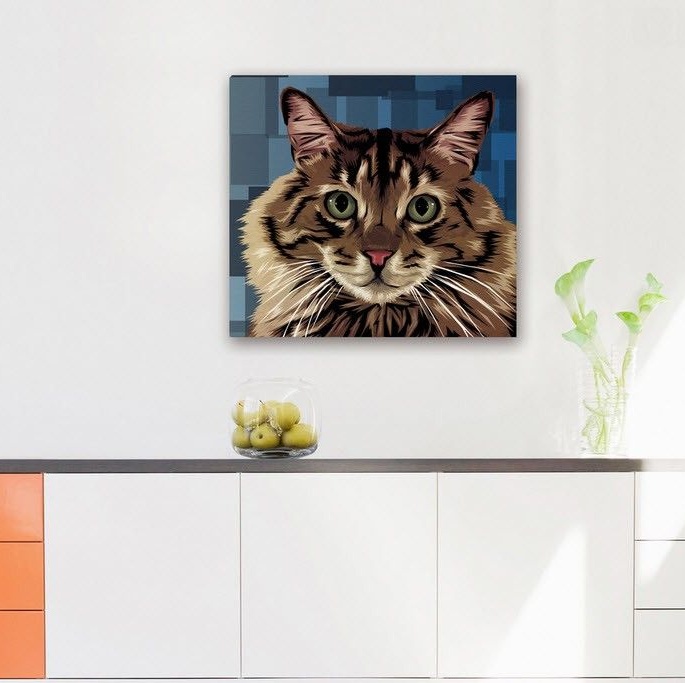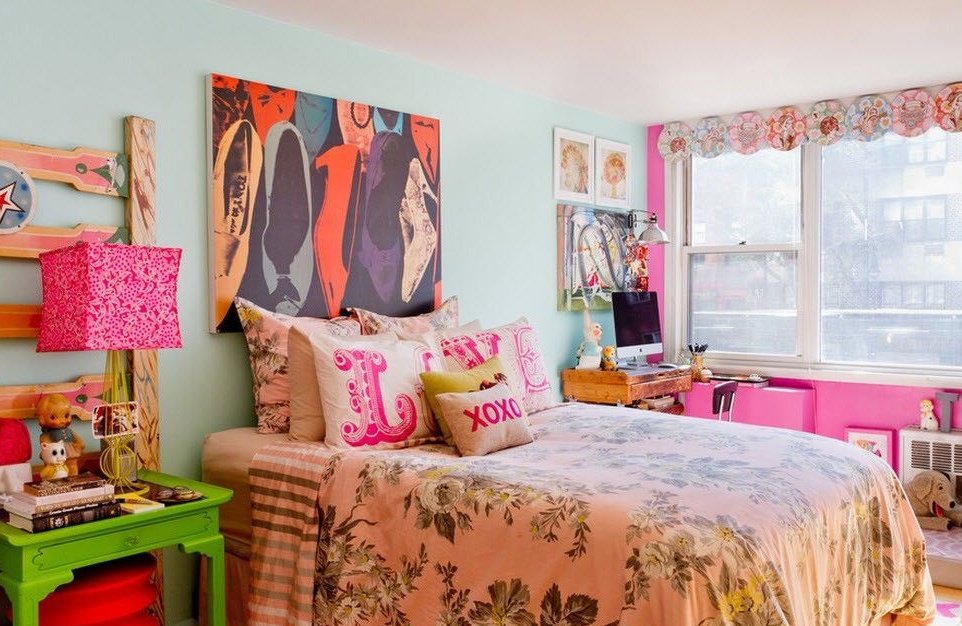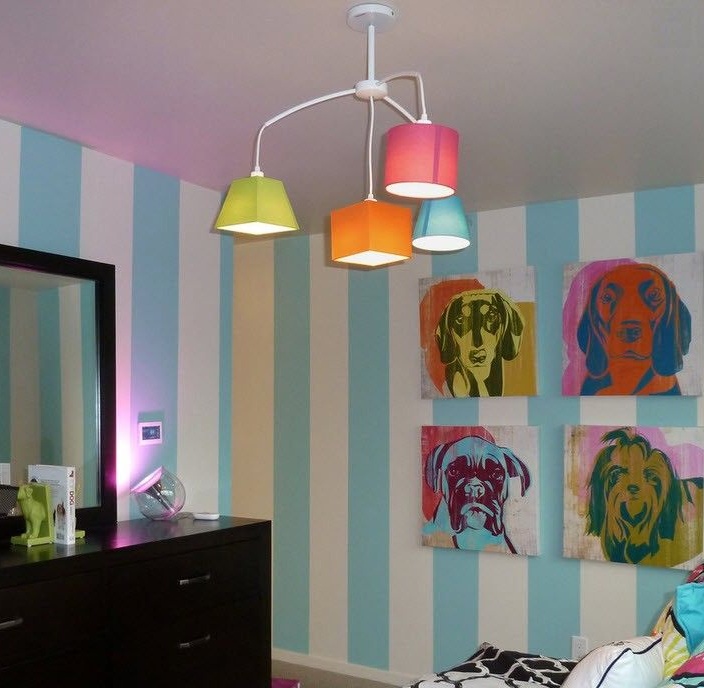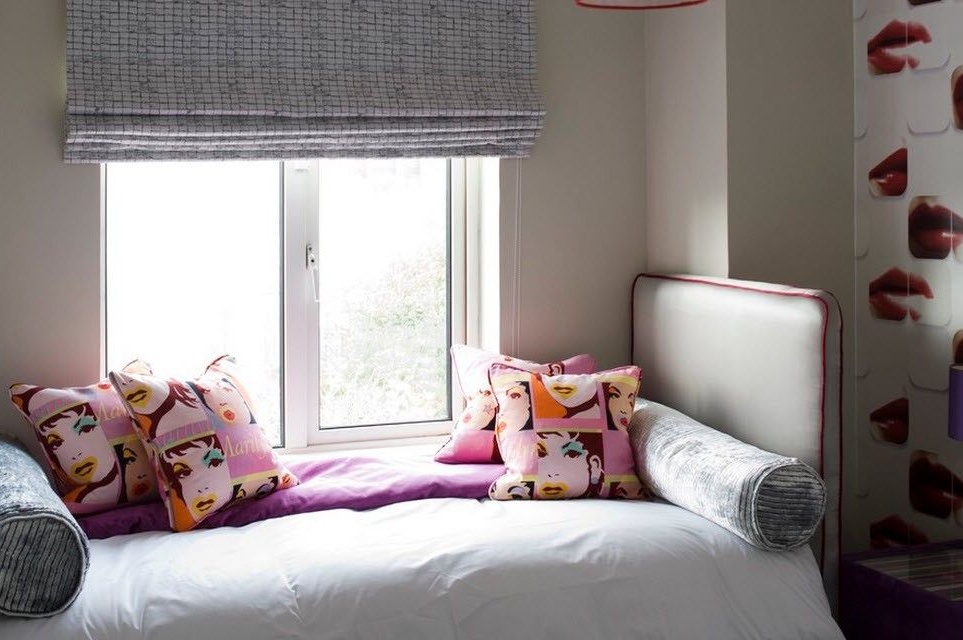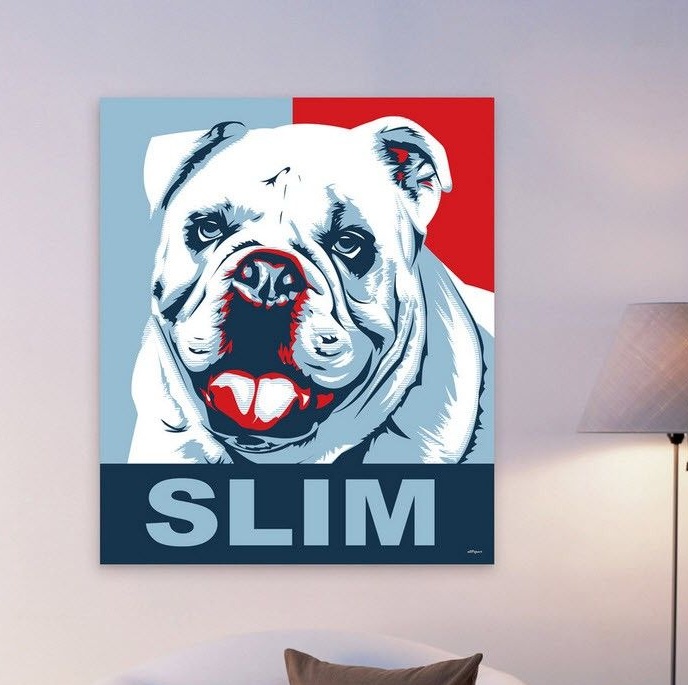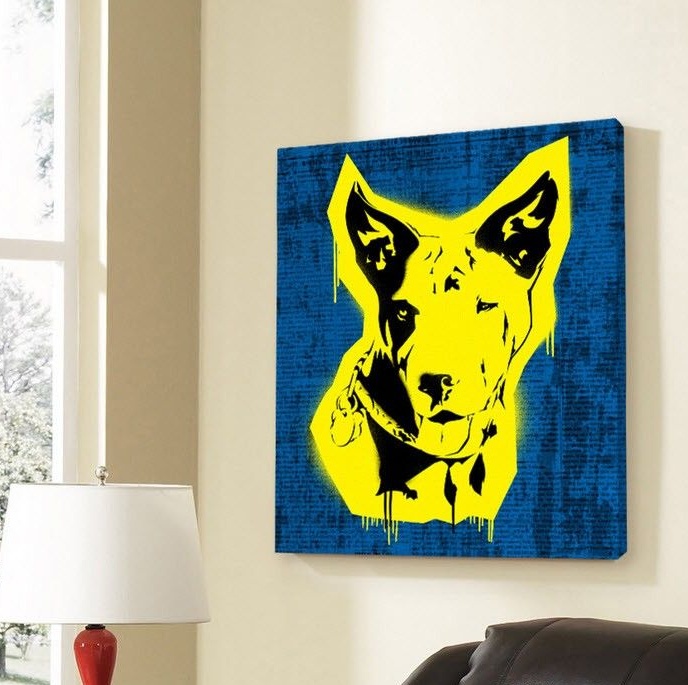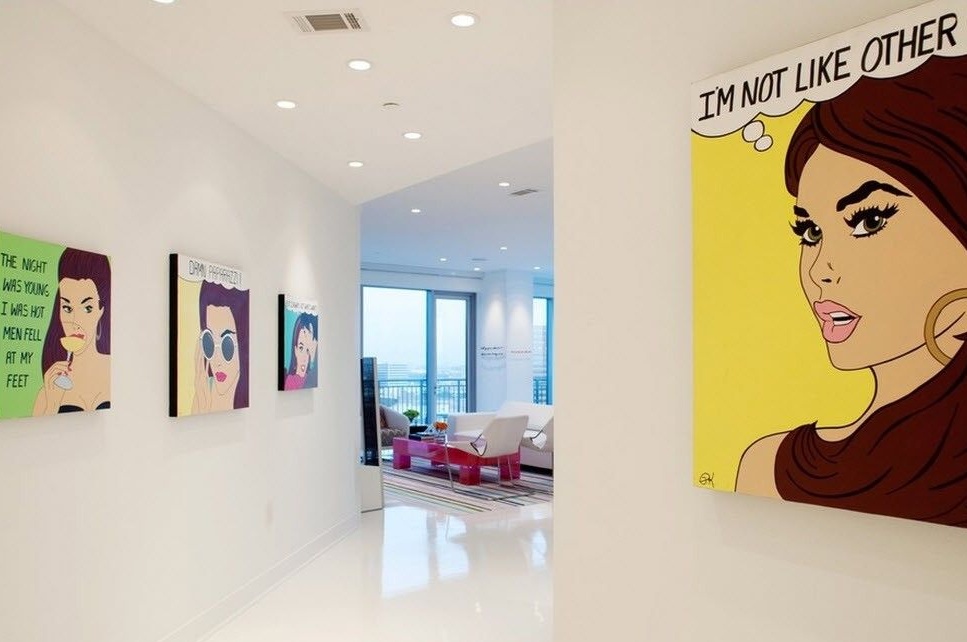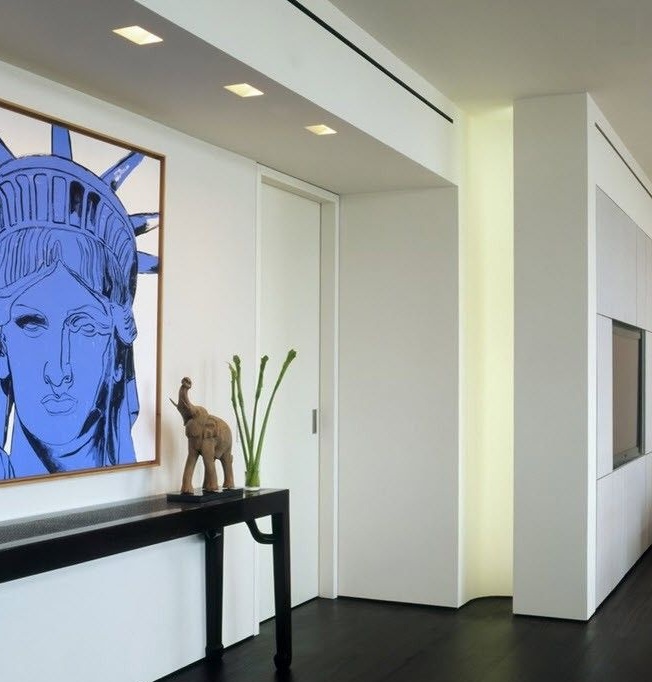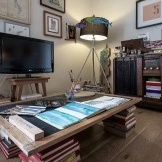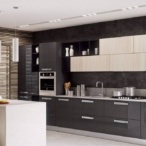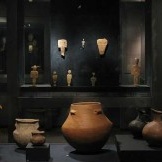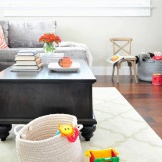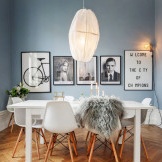The psychology of pop design: a touch of adventure in the interior
Most people tend to live according to the canons of fashion and style that are inherent in their modern era. So the world and society are arranged. But those who are called "white crows" have always been, are and will be. Their extreme paucity is fully compensated by the brightness and unexpected interpretation of their own image. Most often, such individuals express themselves quite extreme. They combine the freshest fashion trends with grace with the styles of past eras. In any case, they tend to create around their own unique world.
Pop design out of format
The reaction of the philistine consciousness to such spontaneous and original creativity is almost always ambiguous. “Righteous” indignation here is often adjacent to secret or overt admiration, and even some envy. After all, those who created extraordinaryness around themselves live by financial standards quite modestly and even modestly. To many everyday rituals such people are completely indifferent. These non-format personalities strive away from accepted norms and gravitate to everything strange, unique. Such an orientation distinguishes them in all life plans: leisure, work, style and circle of communication, the design of living space in the style of pop design. The latter has gathered a lot of easily guessed coming in the form of modernity and minimalism, hi-tech, functionalism, etc. The skillful synthesis of all this in pop design does not produce chaotic eclecticism, but a kind of unique tasteful sophistication of the interior.
If there is a bit of eclecticism here, then it allows you to with restraint and at the same time somehow recklessly combine completely seemingly self-sufficient directions into one whole - the spirit of neo-romanticism with punk, and gothic with pop art. The desired result here is achieved by attracting the latest technologies in the field of materials production. Children's freshness and immediacy of perception of the world is also welcomed in pop design. Without some naivety and emancipation in the perception of reality, finding the best design solutions will be problematic.
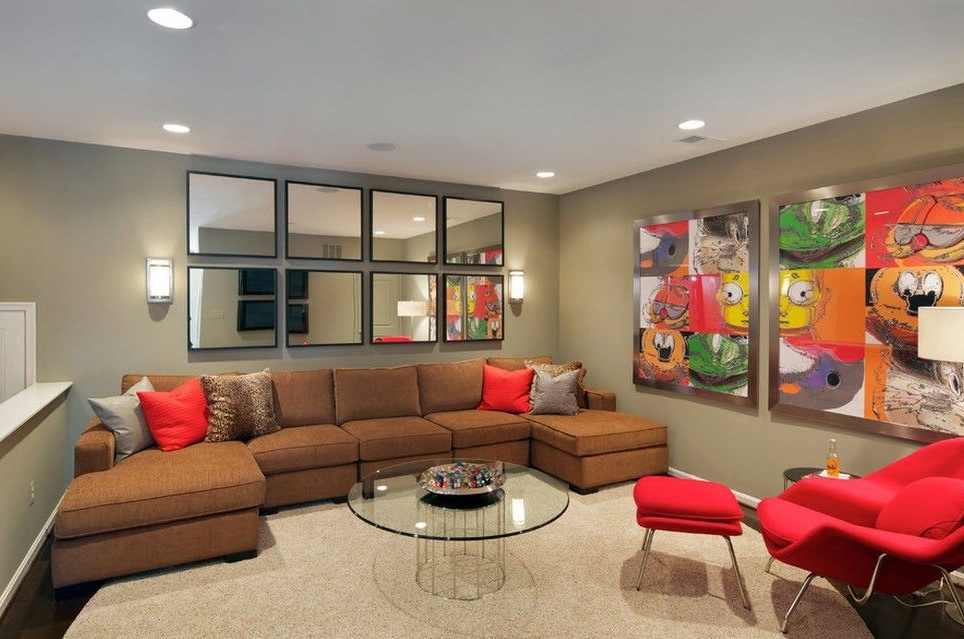
Pop design forms a characteristic manifest symbol. These were previously elements of the style of hippies or punks, rockers or bikers. The pop symbol signals the non-conformism of its owner. Like other decadent trends, pop design is trying to simultaneously distinguish and protect the egocentrism of individuality from the leveling pressure of social norms. And therefore, duplication of such surroundings is impossible by definition.
Pop design as a means of self-expression
Most people perceive such a design aesthetics as a kind of fanciful snobbish declaration on the verge of sanity. Pop stylistics really in many ways serves both as a catalyst and a means of expressing some crazy foppiness, moreover, intentionally ostentatious and exaggerated. However, according to the moralist Laroshfuko, such attributes of self-expression is one of the indispensable companions of a gifted and creative person. In this light, the influence of pop design on the psychophysiology (and therefore on the mentality) of the individual is curious, his ability to bring the subject to the circle of emancipated enthusiasm and childlike immediacy of worldview.
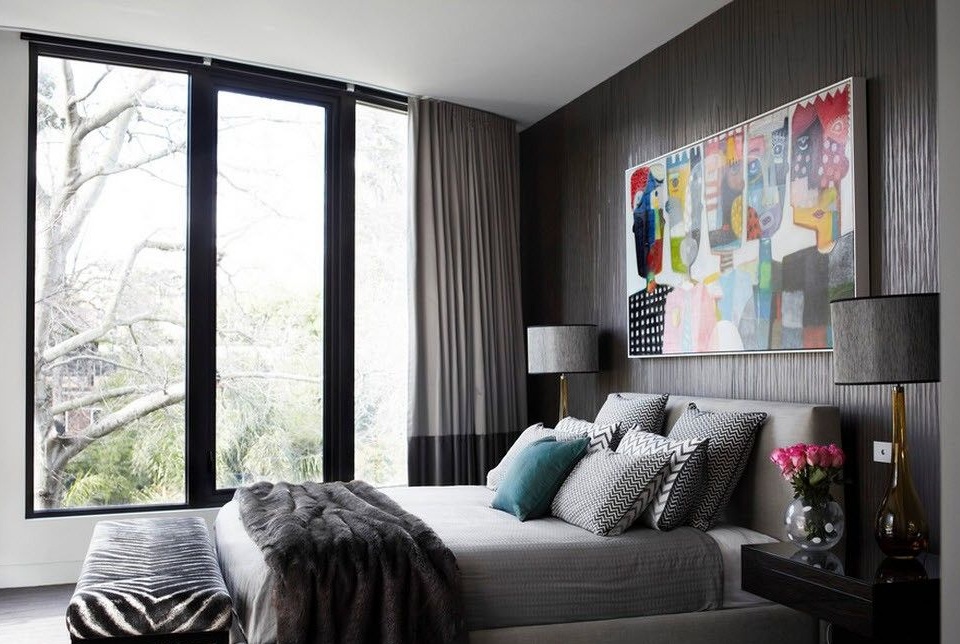
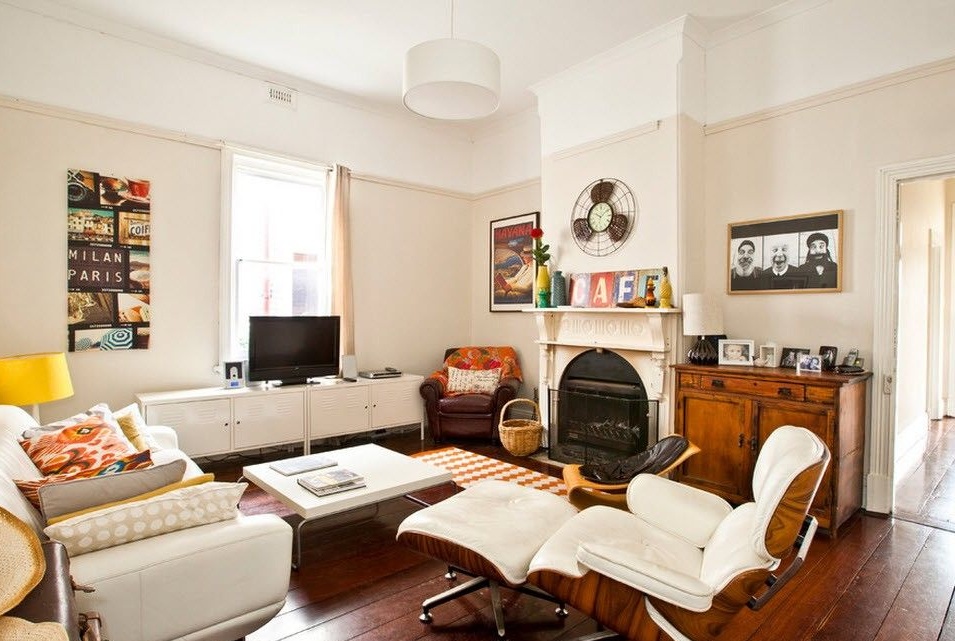
One who believes in the original goodwill of the universal world order never partes with the hope that others will accept and understand their personal identity. Until this bright moment, he patiently and consistently defended himself from lack of demand and loneliness with a firm faith in the near and happy enlightenment of those around him. The style of the interior can markedly facilitate the existence of such a subject in anticipation of global recognition. To an unusual person the attributes of pop design are quite capable of giving a permanent feeling of youth.
Unique style for the budget conscious
Features of the embodiment of pop design in society are closely correlated with the level of economic status of the latter. For example, Jean Baudrillard (one of the cult apologists for the philosophy of postmodernism) is convinced that in the most developed post-industrial states the principle of accumulation is transformed into a kind of economy of individual preferences. Then a person, saturated with a comfortable, but averaged mass product, will want to get something unique and only for himself. Here you will need not so much money as a rush of soul and a great desire. In our conditions, the desire to emphasize and personify your home is still rare. But to everyone who intends to embody themselves and their preferences in the interior, pop design is ready to help with all the openness and pristine spontaneity.

